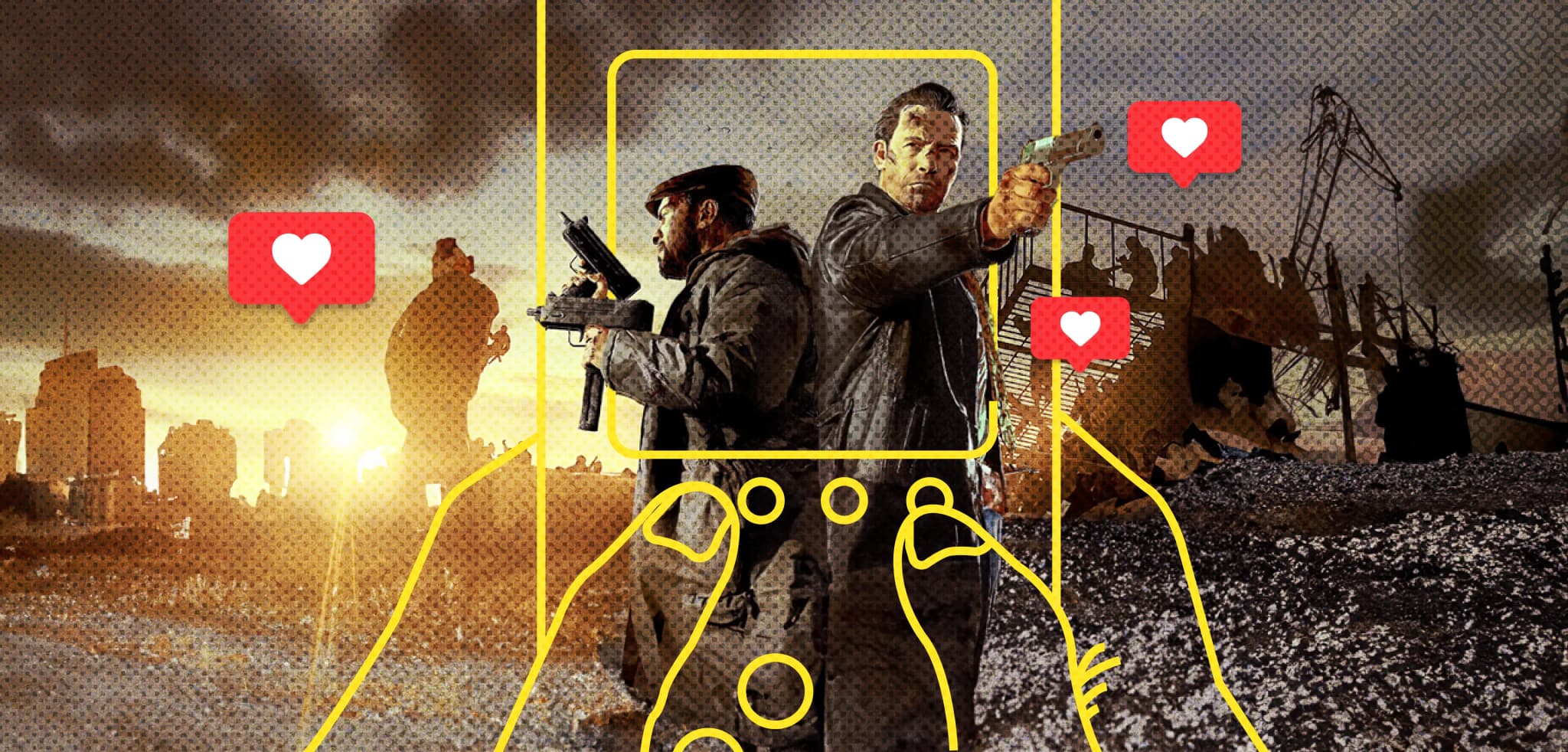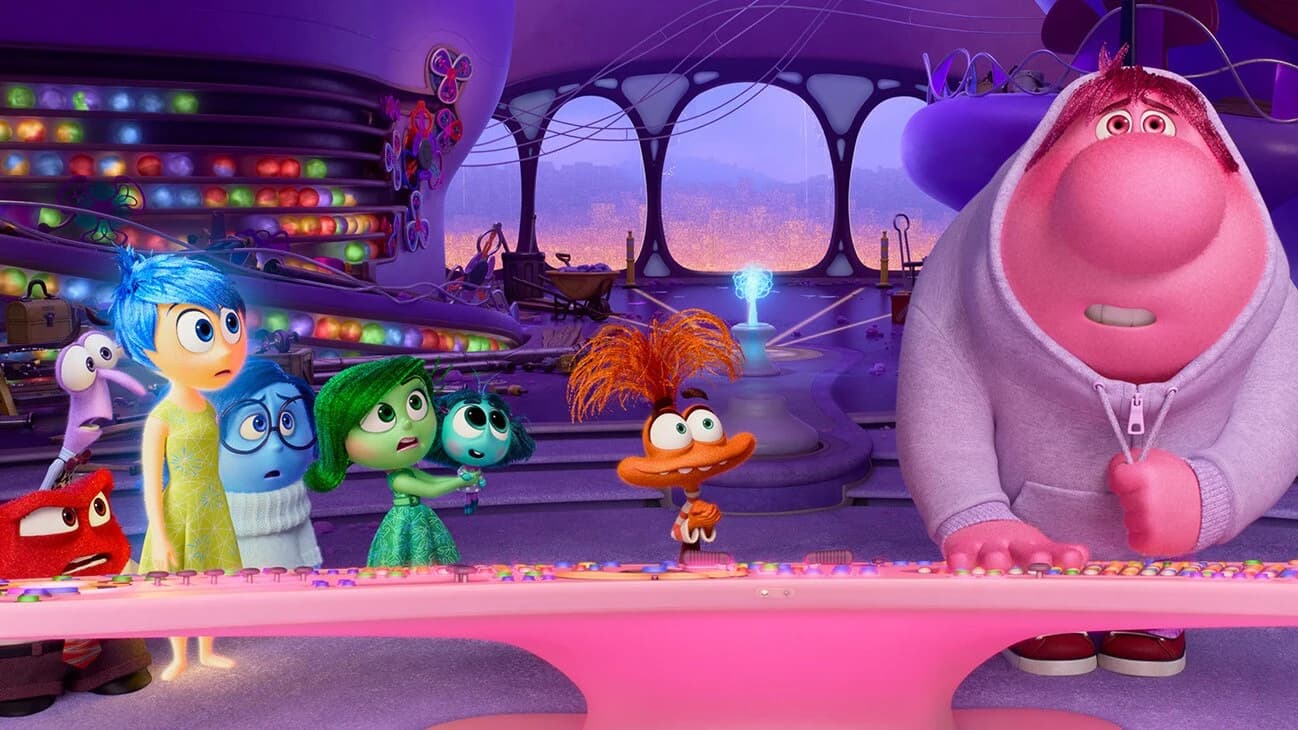The designer-engineer duo is the startup world’s equivalent of a power couple. Their relationship is full of plot twists and frequent wooing, sometimes, even chasing. It is said to be the most chirpy, razzle-dazzle, and dynamic workplace partnership at a startup.
Together, the duo takes on a mountain of challenges—overambitious designs, insufferable bugs, and a thousand other unforeseeable mishaps to keep deadlines at bay (or meet one just in time, if they’re lucky).
When you know what it means to design and solve problems, you learn to help software developers solve their problems. When you struggle, they struggle.
But what makes a good partnership click? How do you design or iterate, and most importantly, how do you communicate between teams?
Here's a list of things to do to be in your tech team’s good books.
Define hit areas for buttons
Ensure all buttons have clearly defined hit areas instead of randomly placed icons. Try to design buttons as frames (in Figma) with ample space around the interactive elements to maximize the product’s usability. Doing so helps developers implement more accessible and user-friendly interfaces, reducing the risk of user frustration due to misplaced clicks or taps.

Why it matters: If the hit areas are not defined, developers will struggle to create an interactive room. Explicitly defined hit areas provide a larger pane for interaction, making the interface more intuitive for users.
2. Design for various states
Designs should accommodate various UI states: none, one, few, some, and too many. Establishing a framework for these states helps the tech team manage scenarios consistently, resulting in a functional and informative interface.
Consistent state management ensures that the interface remains functional and informative regardless of the context.

Pro tip: Utilize empty states as an opportunity to do something interesting. Instead of just saying "0 items found," use illustrations and creative microcopy to break out of the mundane.
3. Communicate animation specifications
When delivering animations, offer detailed specifications including timing, easing, duration, animation type, and prototypes. Clear communication ensures that animations are implemented as intended, resulting in a smooth and engaging user experience.

Why it matters: Detailed animation specifications help avoid ambiguities and ensure consistency across different devices and platforms. Providing a prototype is the best-case scenario, the devs will love you for it.
4. Optimize interactive list elements
Design interactive elements in vertical or horizontal lists without leaving any gaps in between. To ensure smooth interactions, increase the padding around the target areas.

Think of a gaming leaderboard where every player’s name is a clickable link. If names are crammed together, you might misclick and accidentally challenge your grandma to a high-score battle. Proper padding keeps things in check (and grandma in Solitaire) ✨
Why it matters: Avoiding dead zones prevents user errors and enhances overall usability, making your list of components both efficient and enjoyable to use.
5. Involve your tech team early in R&D
Involve the tech team early and frequently in the design process by sharing Work-In-Progress (WIP) for Research and Development (R&D). It opens up the channel of continuous feedback and iterative improvement to make sure the final product aligns well with core user needs and technical capabilities.

Why it matters: Early involvement speeds up collaboration and innovation. All use and edge cases are addressed during the design phase, ensuring no surprises later. You can simplify testing in such a manner while providing a clear checklist of necessary “checks”. Potential upcoming technical constraints are also accounted for.
"People say the key to a good relationship is communication. But combined with intuition, communication gets a top upgrade."
6. Provide loading states and skeleton loaders
Include loading states and skeleton loaders in your designs to improve the user experience during content loading.
What the user gets out of this: visual feedback and greater predictability of your interface so they know what's about to happen. Additionally, it stops the UI from appearing static or needlessly unresponsive.

Pro tip: Make sure your content loads without shifting elements, thus, allowing the tech team to implement more stable and predictable interfaces.
7. Break down complex components
Provide a detailed breakdown of complex components with multiple layers. Avoid using multiple styles or colors within a single layer; separate them into distinct layers. Try and determine the layers involved, such as background, content, and overlay.

Why it matters: By following these guidelines, the designer and techie together step one inch closer to understanding and implementing the design more accurately. You become the puppet master: gaining precise control over each element's appearance and behavior.
8. Annotate design files when necessary
Lastly, add detailed annotations to your design files. Documenting your expectations and thoughts directly in the design file is the most effective way to communicate ideas. Whether you're new to the team or simply looking to convey complex concepts, annotated designs ensure successful implementation.

Why it matters: Annotations are like a backstage pass for the tech team, offering a behind-the-scenes look at each element's role and behavior. They demystify the design, cutting down on confusion and making the development process a breeze. Clear notes keep everyone on the same page, and being on the same page in a product team is what dreams are made of.
If you are maniacal about craftsmanship and quality, remember that your designs need to go beyond the design files to make an impact. Make sure your designs are implemented, without compromise, by communicating closely with your tech team and offering unwavering support.
Going the extra mile might also make them more open to your request for last-minute design changes.



